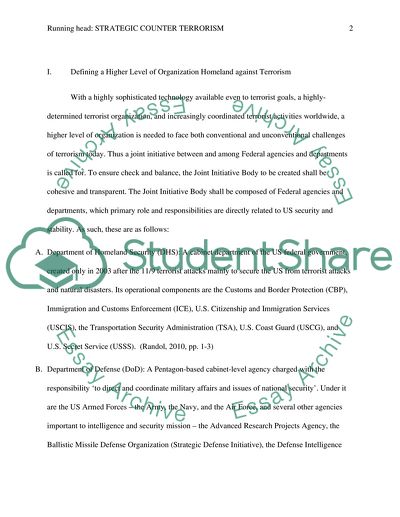Cite this document
(Counterterrorism and Intelligence Research Paper, n.d.)
Counterterrorism and Intelligence Research Paper. Retrieved from https://studentshare.org/military/1755007-counterterrorism-and-intelligence-framework
Counterterrorism and Intelligence Research Paper. Retrieved from https://studentshare.org/military/1755007-counterterrorism-and-intelligence-framework
(Counterterrorism and Intelligence Research Paper)
Counterterrorism and Intelligence Research Paper. https://studentshare.org/military/1755007-counterterrorism-and-intelligence-framework.
Counterterrorism and Intelligence Research Paper. https://studentshare.org/military/1755007-counterterrorism-and-intelligence-framework.
“Counterterrorism and Intelligence Research Paper”, n.d. https://studentshare.org/military/1755007-counterterrorism-and-intelligence-framework.


